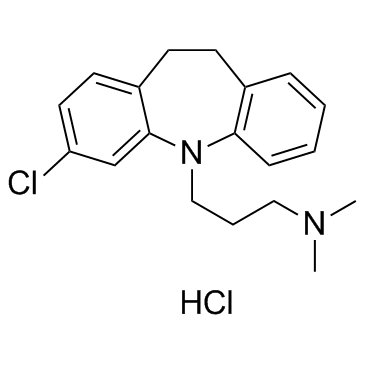| Structure | Name/CAS No. | Articles |
|---|---|---|
 |
Buspirone hydrochloride
CAS:33386-08-2 |
|
 |
Clomipramine HCl
CAS:17321-77-6 |